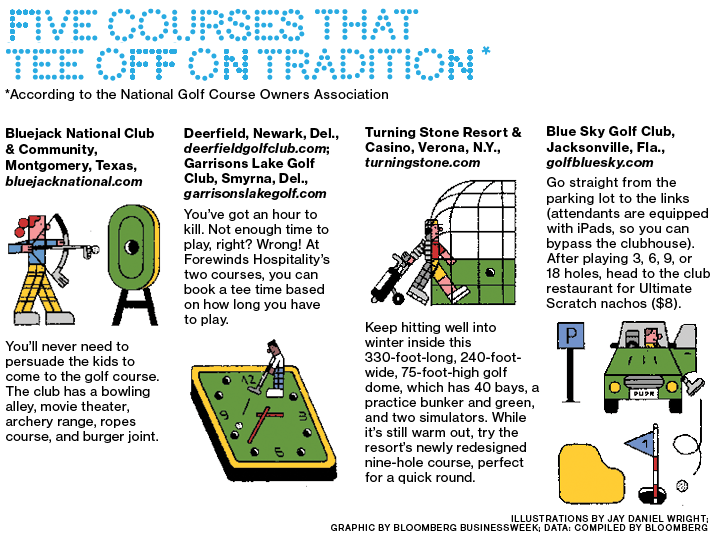Atlanta Mess: Bobby Jones Golf Course Purchased By State, City Passes On Non-Profit Takeover
/The news out of Atlanta isn't good for the beleaguered public course system, as John Ruch reports on a non-profit's effort to operate the city muni's was rejected by the city council.  The story could just be an aberation related to politics, but also will not bode well when future non-profit fans of the game attempt to rescue the many terribly-run city or state courses which, with some repairs, could be made better.
The story could just be an aberation related to politics, but also will not bode well when future non-profit fans of the game attempt to rescue the many terribly-run city or state courses which, with some repairs, could be made better.
Buckhead's Bobby Jones Golf Course was partially saved thanks to a long-discussed purchase by the state, with a plan to reduce it to 9-holes but add multiple amenities. Everett Catts reports.
With the sale finalized, the Bobby Jones Golf Course Foundation announced it has entered into a 50-year lease with the authority for the course, which was built in 1932 as a tribute to golf legend Robert Tyre “Bobby” Jones Jr.
As part of the state’s ownership plan, the course will be transformed from an 18-hole one to a nine-hole one with a driving range and a wee links for children 12 and under. The wee links will be named the Cupp Links in honor of golf course architect Bob Cupp, who designed the new course before he died in August.
The foundation is partnering with the Georgia State Golf Association and the Georgia section of the PGA of America to create the Georgia Golf House, a new facility that will become a hub for golf in the state. Those organizations, plus Georgia Golf Hall of Fame, the Atlanta Junior Golf Association and others will call the Georgia Golf House home.
The new course and facilities will remain open to the public. The course will also be the new home of the Georgia State University golf teams.


















